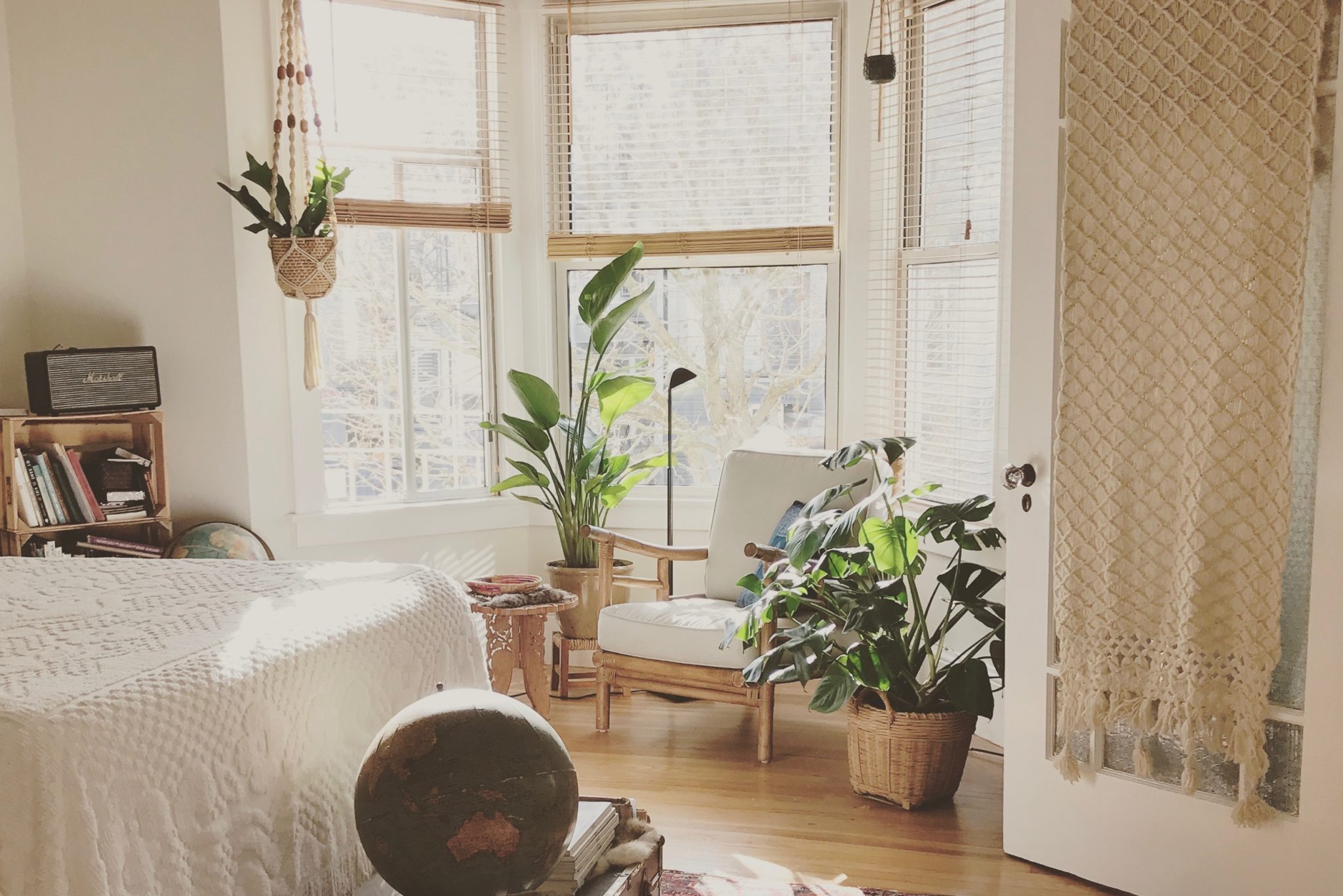Description
The museum building was originally the village schoolhouse. The building was purchased by the local laird Sir George Kinloch towards the end of the 19th century in order to protect the symbol stones. In 1936 the museum passed into the ownership of the State, it was renovated after the Second World War and reopened to the public in 1949. About one third of the stones in the museum are Class II in nature (stones with symbols carved in relief and usually bearing a Christian cross).
The sandstone used to sculpt the monuments is old red sandstone, a relatively soft stone that lends itself to detailed carving but is susceptible to erosion. The monuments are likely to have been worked with iron tools such as chisels, punches and hammers, together with hammerstones and wooden mallets. The sculpted designs may have been copied from painted vellum pattern books.





Reviews
There are no reviews yet.